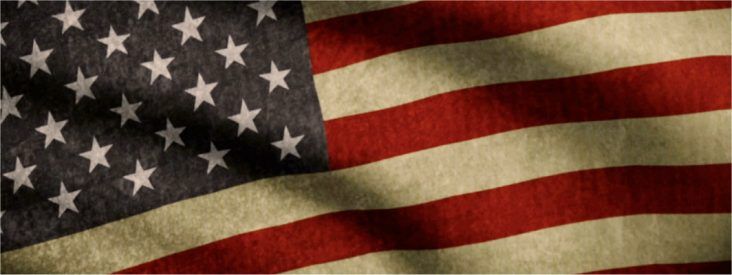Independence Day spending estimated at $6.52 billion, down almost 4%
by June 29, 2020 4:04 pm 3,729 views

American consumers plan to spend less on July 4th activities as COVID-19 continues to keep families close to home and away from large groups. The National Retail Federation estimates spending for Independence Day will be $6.52 billion, down 3.83% from $6.78 billion in 2019.
The 2020 estimate is also below the $6.94 million in 2018.
Just 24% of consumers said they plan to attend fireworks and community events, compared to 40% a year ago. Those holding cookouts at home totaled about 56% of the surveyed group, down from 61% last year. Last year 14% of consumers traveled during the holiday, with just 9% this year. Those who do not plan to celebrate the holiday at all rose to 24%, up from 14% a year ago, according to the trade group.
In a recent WalletHub survey, a whopping 78% of Americans said they will spend less money on the summer holiday this year compared to 2019. The survey examined Americans’ plans for Independence Day and their opinions on freedom, patriotism, and safety in light of recent events.
A majority (82%) of consumers surveyed by WalletHub said they feel restricted amid COVID-19 partial shutdowns and slow reopening around the country. Summer travel plans have been put off or canceled by 75% of respondents. WalletHub found 74% of survey respondents will not travel for the holiday. As Americans are sticking closer to home, one in three said they feel less patriotic in 2020 than last year.
The downward pressure on consumer spending during this summer holiday comes as millions of Americans remain unemployed and sidelined from shutdowns and business closures in response to COVID-19 outbreaks. States like Texas and Florida, who were among the first to reopen, are pulling back and again closing beaches and bars where consumers were said to be congregating and case numbers have risen.
Richard Curtain, chief economist for Surveys of Consumers, recently said as states begin to reopen employment numbers should also improve. He said two-thirds of people surveyed are expecting the next year to be bad, and about half are expecting a number of downturns over the next five years.
“But it is a long way from the kind of situation we would call consumers optimistic or confident of their economic future,” Curtain said. “They don’t think this current situation is over. The fact that so many people right now are feeling uncertain and pessimistic means they are much less likely to buy things that are not essential.”
Earlier this month the University of Michigan’s consumer sentiment index increased to a reading of 78.9 from 72.3 in May.
